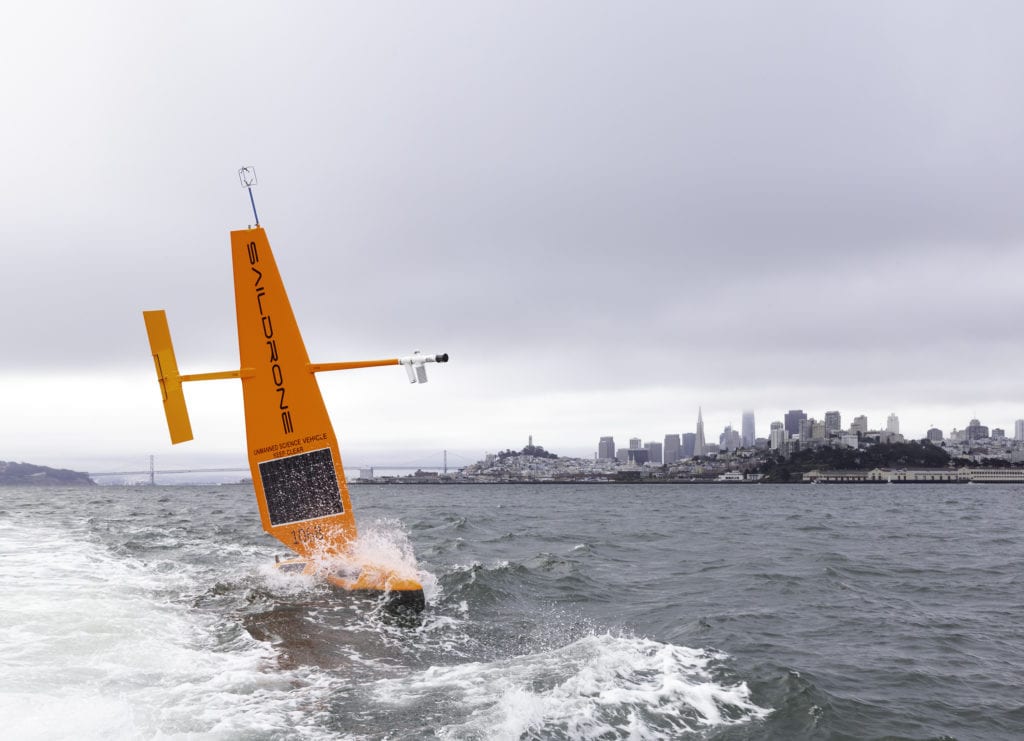
ARLINGTON, Va. — Saildrone is set to conduct an Arctic research mission for the seventh consecutive year with its autonomous unmanned surface vessels (USVs) powered by wind and sun. The company is conducting the missions with six of its smallest USV, the 23-foot-long Explorer.
The six USVs are being launched from Dutch Harbor, a port in the Aleutian Islands. Four will collect data in the Bering Sea and two will collect data in the Chukchi and Beaufort Seas in the Arctic Ocean.
The voyages are being conducted to collect atmospheric, oceanographic and bathymetric data for the National Oceanic and Atmospheric Administration (NOAA) and NASA. The sensors on board the Saildrones will be collecting data on carbon dioxide dissolved in the water; bathymetry; climate and weather — including heat, radiation, carbon and atmospheric variables; wind speed and direction; and radiation and temperatures.
“Every year we have increased our capabilities,” said Rich Jenkins, Saildrone’s CEO, who noted that the Explorer USVs have “incredible reliability.”
For maritime domain awareness, the Explorers also are fitted with 360-degree cameras that record visual information 24/7 using machine learning algorithms to spot anomalies, such as a passing vessel, imaging every five seconds.
“We’ve amassed hundreds of millions of images of the open ocean from the Arctic down to the Southern Ocean,” Jenkins said. “We train the machine-learning model to recognize things visually” such as vessels, icebergs, birds, whales, dolphins, etc.
Data on vessels can be fused with data from the Automatic Information System for increased maritime domain awareness. Saildrone leases the services of Iridium commercial satellites for transmitting data between a USV and a ground station.
- BlueHalo to Test C-UAS System on Marine Corps JLTV - April 29, 2024
- USS George Washington Deploys to U.S. Southern Command, Eventually Headed to Japan - April 26, 2024
- SECNAV Advocates Increased Legal Immigration to Increase Shipbuilder Workforce - April 23, 2024



